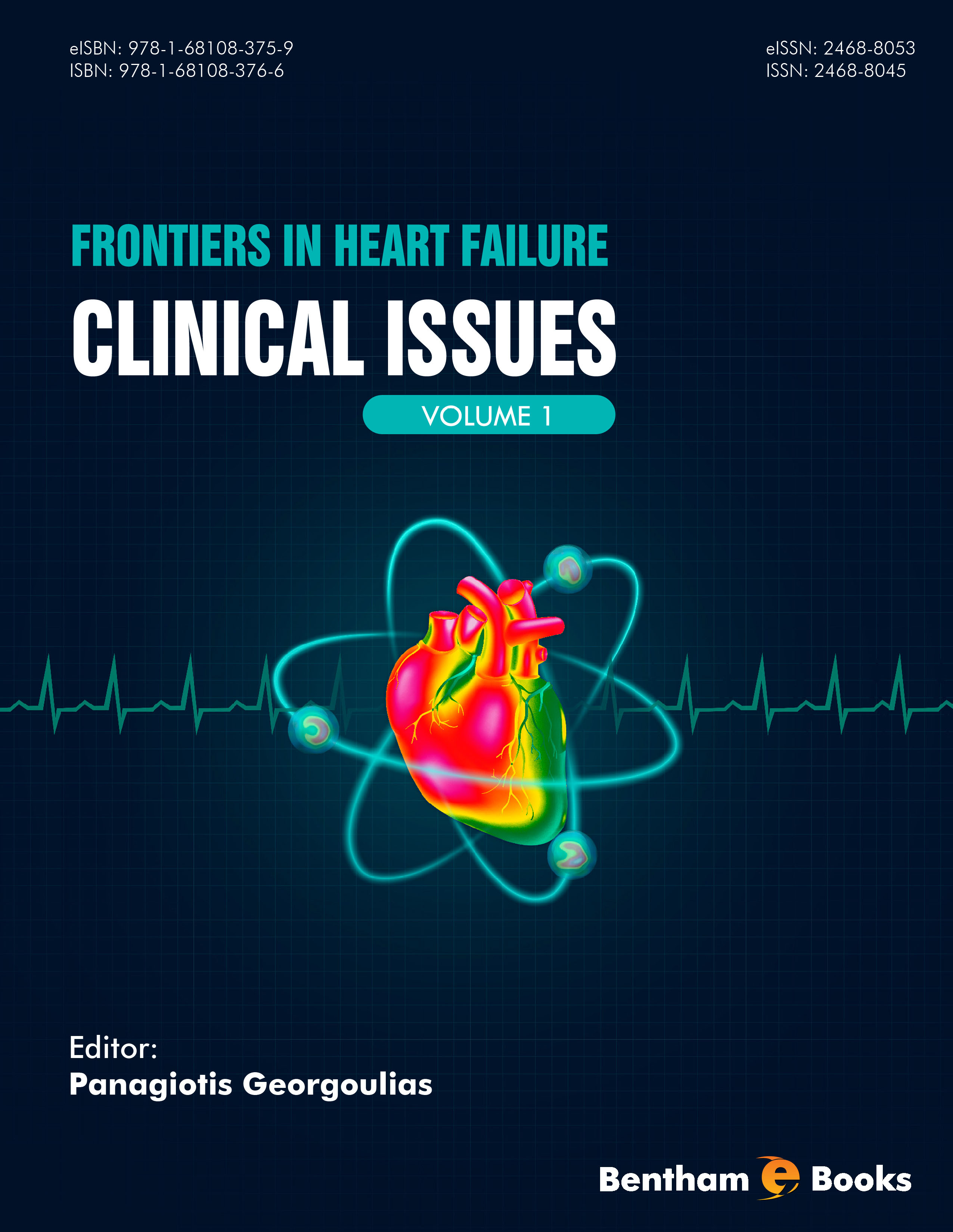During the last decades, heart failure has become a main reason for health care utilization by patients living in western countries. It represents one of the leading causes of morbidity and mortality due to cardiovascular disorders, particularly in the elderly. Undoubtedly, heart failure can be regarded as a contemporary epidemic since the prevalence of the syndrome has steadily risen. Despite its clinical importance, various aspects of the pathophysiology of the failing heart seem to be inadequately understood. A better understanding of this complex syndrome, at the molecular and cellular level, is expected to have significant consequences for the patients at the clinical setting. Therefore, more accurate investigation of the disorder and effective management of heart failure patients remain primary objectives in the field of cardiovascular research.
This e-Book aims to present cutting edge heart failure diagnostic methods and therapies related to the major fields of interest of the authors, along with findings obtained through their research work. After providing clinically oriented information in the first part, the second part of the e-Book focuses on molecular imaging techniques. The first chapter by G Giamouzis et al. includes current definitions, epidemiology, cost and health care policies in the field of heart failure management. In the second chapter, I Aidonidis et al. present fundamental cardiac cellular and subcellular physiology concepts that could permit a better assessment of myocardial pathophysiology. The third chapter by F Triposkiadis et al. is devoted to molecular and cellular alteration in heart failure, while recent advances regarding the genetic basis of the syndrome are reported by D Koumbi et al. in the next chapter. J Skoularigis et al. focus on clinical manifestations, patients’ investigation, co-existing diseases and prognosis estimation. Laboratory variables and biomarkers represent useful tools for clinicians when treating patients with heart failure clinical findings. This chapter by CA Zivlas and DV Cokkinos reviews well established and novel laboratory tests that may support clinical decision making. By assessing cardiac structure and function, echocardiography offers diagnostic and prognostic information. E Tsougos summarizes the role of echocardiography based on current applications and future developments. Three chapters are devoted to heart failure therapies. S Katsanos and JT Parissis present up-to-date medical therapy of the syndrome, while P Antonitsis et al. review available interventional and device therapies. The novel gene and cellular therapeutic strategies are discussed by E Papanikolaou and NP Anagnou in the last chapter of the first section of the e-Book.
The second section of the e-Book starts with computed tomography (CT) and magnetic resonance imaging (MRI) in heart failure that are reviewed by IA Chryssogonidis et al. and MA Mademli and NL Kelekis in the first two chapters, respectively. Radiopharmaceuticals and techniques used for myocardial perfusion single photon emission computed tomography (SPECT) imaging are presented in the next chapter by PA Georgoulias et al. Electrocardiographically gated SPECT (G-SPECT) combines assessment of myocardial perfusion and left ventricular function within a single study. Applications of G-SPECT for functional evaluation and remodelling investigation in the failing heart are discussed by S Tsiouris et al. Positron emission tomography (PET) perfusion imaging is reviewed by S Chatziioannou et al. based on its advantages, such as high diagnostic accuracy, short study time and lower radiation doses compared to SPECT. Hybrid imaging systems (SPECT/CT, PET/CT, PET/MRI) are reported in the chapter by DJ Apostolopoulos as the integration of structural and functional or metabolic information, achieved by multimodality imaging, offer valuable insights in heart failure syndrome. The presence of myocardial viability has been considered a significant determinant of patients’ outcome. Two chapters are devoted to myocardial viability assessment; E Moralidis presents SPECT and PET techniques for these purposes, whereas VI Valotassiou and JV Malamitsi provide a comparison of radioisotopic and non-radioisotopic methods for viability identification. Furthermore, cardiac neurotransmission imaging in heart failure is reviewed by D Agostini et al., based on SPECT techniques, and SI Koukouraki according to PET imaging. Cardiac metabolism is essential for myocardial contractility and maintenance of cardiomyocyte integrity. HJ Verberne presents various SPECT and PET tracers for the assessment of myocardial free fatty acids imaging. Moreover, A Doumas and I Iakovou focus on current and future applications of molecular imaging in heart failure regarding cell apoptosis and atheromatous plaques formation. Molecular imaging of the novel gene and cell therapies is presented by A Katsikis and M Koutelou. In the last three chapters of the e-Book, potential artifacts and pitfalls are reported by I Tsougos and PA Georgoulias, radiation protection considerations are reviewed by C Kappas and K Theodorou, and various technical advances in the field of cardiac molecular imaging are provided by GK Loudos.
In conclusion, the purpose of this e-Book is to capture and explore improvements towards the diagnosis and therapy of heart failure by established and novel strategies and procedures, focusing on molecular imaging methods.
This e-Book represents significant work of chapters’ authors who deserve all appreciation. I would like to highlight the major contribution of G Angelidis and I Tsougos. Further, I wish to acknowledge the contribution of E Kapitsaki (SPEG Consulting Co., Athens, Greece) for the designing of the cover page of this e-Book. Finally, I would like to thank the excellent team of Bentham Science Publishers and especially Faryal Sami for the cooperation.
Panagiotis A Georgoulias
Nuclear Medicine Department
School of Medicine, University of Thessaly
Larissa, Greece

